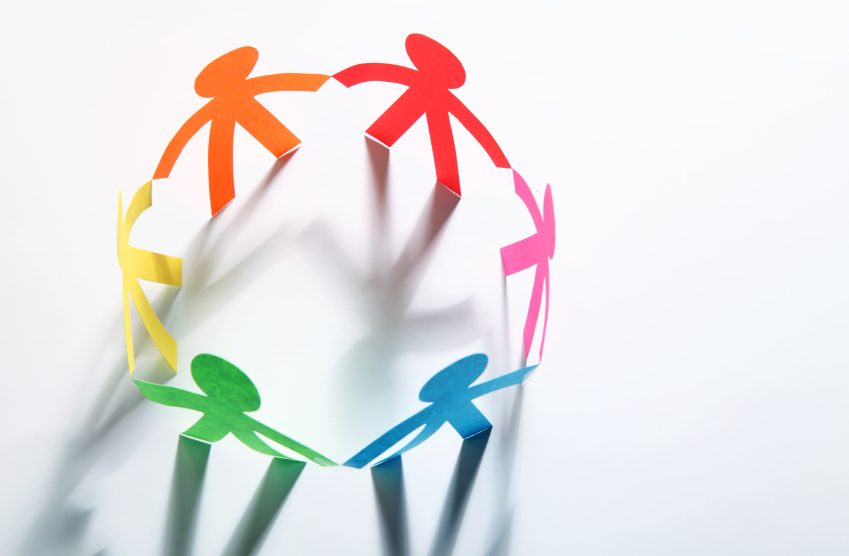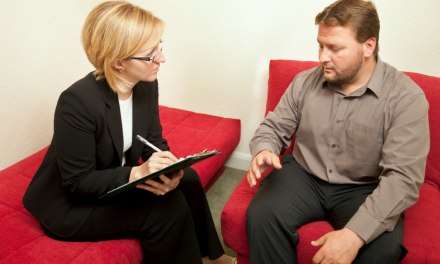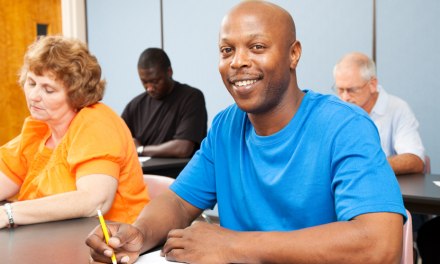Warning: Undefined variable $serie in /home/domains/treatmentandrecoverysystems.com/docs/wp-content/plugins/wp-series-manager/wp-series-manager.php on line 264
Stronger Together: Addiction Group Treatment
Groups are the dominant mode of treatment in many addiction programs, but they don’t always live up to their potential as powerful recovery tools. Reviewing some of the addiction-focused techniques in this article series can give clinicians the power to boost group effectiveness in many treatment settings.
Part Four: Non-Functional Group Styles
In talking about non-functional groups, we’ll start with a particular (and somewhat controversial) assumption: Simple willingness to invest time and even money in therapy is no guarantee that group members will actually use that therapy to make positive change in themselves or their lives.
The first two non-functional group styles we’ll examine are both characterized by how effective they are at helping members not change.
The Resistant Group
This group effectively resists change by doing other things- often things that serve to reinforce the very problems members are (theoretically) there to change. They’ll energetically and creatively “discuss issues” and “share feelings” and “provide support.” They tend to be quite nebulous, though, in defining what they want to really achieve as a group. Attempts by more goal-oriented members to focus the group on a specific task often result in accusations of “destroying spontaneity” or “not respecting other group members’ feelings/needs” or even “hijacking” the group’s function.
Soon, the motivated members leave, and the expert change-resisters shake their heads sadly about the “quitters'” lack of commitment. Then they go back to discussing their own stated goals that seem to slide further from achievability with each meeting. The woman with marital problems keeps having them. The man who can’t seem to form a lasting relationship continues having short-term flings. The group member whose job is purgatory still can’t manage to find (or even look for) a new one.
Features of the Resistant Group
Bonding: Resistant groups can be fractured and factional, forming “groups within the group” to reinforce their own interests.
Climate: The climate is often superficially open and apparently supportive, but anything that threatens the nonfunctional status quo of the group may elicit passive-aggressive hostility.
Values: The language and values of therapy may be perverted to the group’s ends: Defense mechanisms are perceived as insights, resistance as work, stasis as change.
Status: This group is often enabled by staff or leaders who allow excessive autonomy, devolving actual leadership and status to a small number of very active participants.
Traditions: These are often oriented to protecting the illusion that what the active group members’ concerns and beliefs are shared by everyone.
The Helpless Group
This group bonds negatively around their own powerlessness. Believing they lack the knowledge, insight, or ability to address their own difficulties, they assume a helplessness that sets the tone for their interaction, and makes the group leader responsible for everything. A great deal of the group’s effort is spent on engaging the leader, obtaining “instructions” from the leader, requiring the leader to clear up ‘confusion’ or mediate differences. To avoid uncomfortable discussion, they’ll sit passively waiting for the leader to take charge, or allow long, rambling, irrelevant discussion.
When the leader’s exasperation with this situation inveigles them into “fixing” the group and assuming responsibility for the group’s interaction, the group has achieved at least one unspoken goal: They’ve given the responsibility for the members’ achieving individual goals, as well as the group’s success, to someone else.
Features of the Helpless Group
Bonding: The group bonds negatively around the shared belief in its own impotence and dependence on the group leader.
Values: Comfort is valued over autonomy. Quantity of time will be seen as a measure of quality of work (“What do you mean we haven’t accomplished anything! What do you think we’ve been doing the last hour!”)
Status: All authority is vested in the leader. They may (and often do) resist the leader’s direction, but the group can’t initiate anything.
Structure: Helpless groups often cycle through many changes in structure as the leader attempts to get the group to work, which goes against its underlying assumption of helplessness.
Culture: Struggles materialize between any members of the group who do attempt to work, and the rest of the group, who will resist it.
It’s important to recognize that these group styles may appear temporarily in any group, particularly in the early stages– when a group feels overwhelmed by a challenge, stymied by an unfamiliar task, etc. The group may move on, establish shared goals and begin working to achieve them.
However, when a group adopts one of these operating modes permanently, as a primary form of interaction, they end up actively resisting any responsibility for achieving individual and group goals. It is worth noting that we have never seen this happen without the cooperation of the leader.
These are posts belonging to the same serie:













